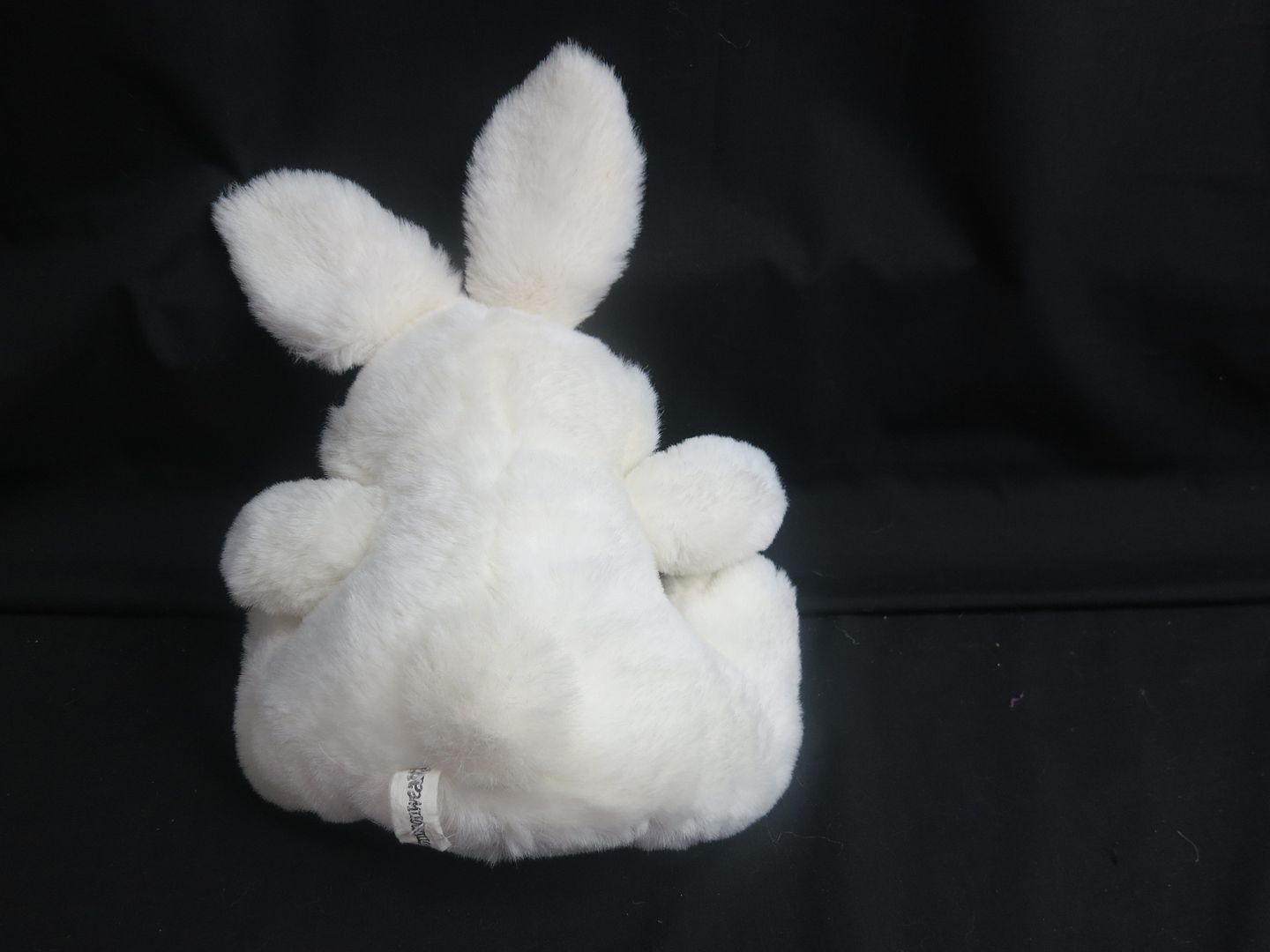

To help wear down their teeth, rabbits can chew on hay, commercially available wooden toys, mineral blocks and other pet-safe chew items.Rabbits need to constantly chew on hay and hard objects to help wear down their continuously growing, open-rooted teeth.Rabbits can be trained to use a litter box.Therefore, when handling a rabbit, ensure you are fully supporting their body, especially the hind legs, and never pick up a rabbit by their ears or try to hold them on their back, as they can easily get injured Rabbits have very strong, muscular back legs and delicate skeletons they can kick very hard and easily break their backs.

When first introduced, rabbits can be territorial and may fight when they are initially introduced, their meeting should be closely supervised and occur in neutral territory.They are very social animals that need daily handling and out-of-habitat time they often enjoy living with other rabbits, especially if they are raised together.Rabbits are crepuscular (more active at dawn and dusk) but typically adjust to pet parents’ behavior.If males and females are to be housed together, the female must be spayed or the male neutered to prevent unwanted breeding. Spayed or neutered rabbits tend to be healthier, live longer and are typically better companions. While there is no medical reason to neuter male rabbits, neutered males are generally less likely to mark territory by spraying urine and may be less aggressive. Because more than 70% of female rabbits who are not spayed develop uterine cancer that is ultimately fatal, female rabbits should be spayed after 5–6 months of age. Other popular breeds include lop-eared rabbits (with ears that point downward), the Dutch bunny (with a prominent white belt around their belly), the Rex rabbit (with short, velvety fur) and the lionhead (with long fur encircling their head like a mane). There are at least 60 different rabbit breeds, which range in size from the smallest Netherland dwarf, weighing about 2 pounds, to the largest Flemish giant, weighing close to 20 pounds. Like people, rabbits have different personalities some are quiet and shy, while others are more outgoing and rambunctious. They enjoy cuddling and sitting on laps, which can make them a great companion pet for someone who enjoys peace and quiet.Rabbits are intelligent, affectionate, social animals who need daily interaction with humans or other rabbits. With the proper care, rabbits are happy and loving animals. They are also easily house-broken, which doesn't hurt! These are bunnies with brains! Just like with a dog, you can train a rabbit to react to commands, like coming to his or her name or performing tricks. Additionally, they are easily scared by loud noises or sudden movements, causing them to bite or hide. They are fragile and can easily be harmed by rough handling. Resist the urge to adopt an Easter bunny for your little one, since rabbits are not ideal pets for young children.



 0 kommentar(er)
0 kommentar(er)
